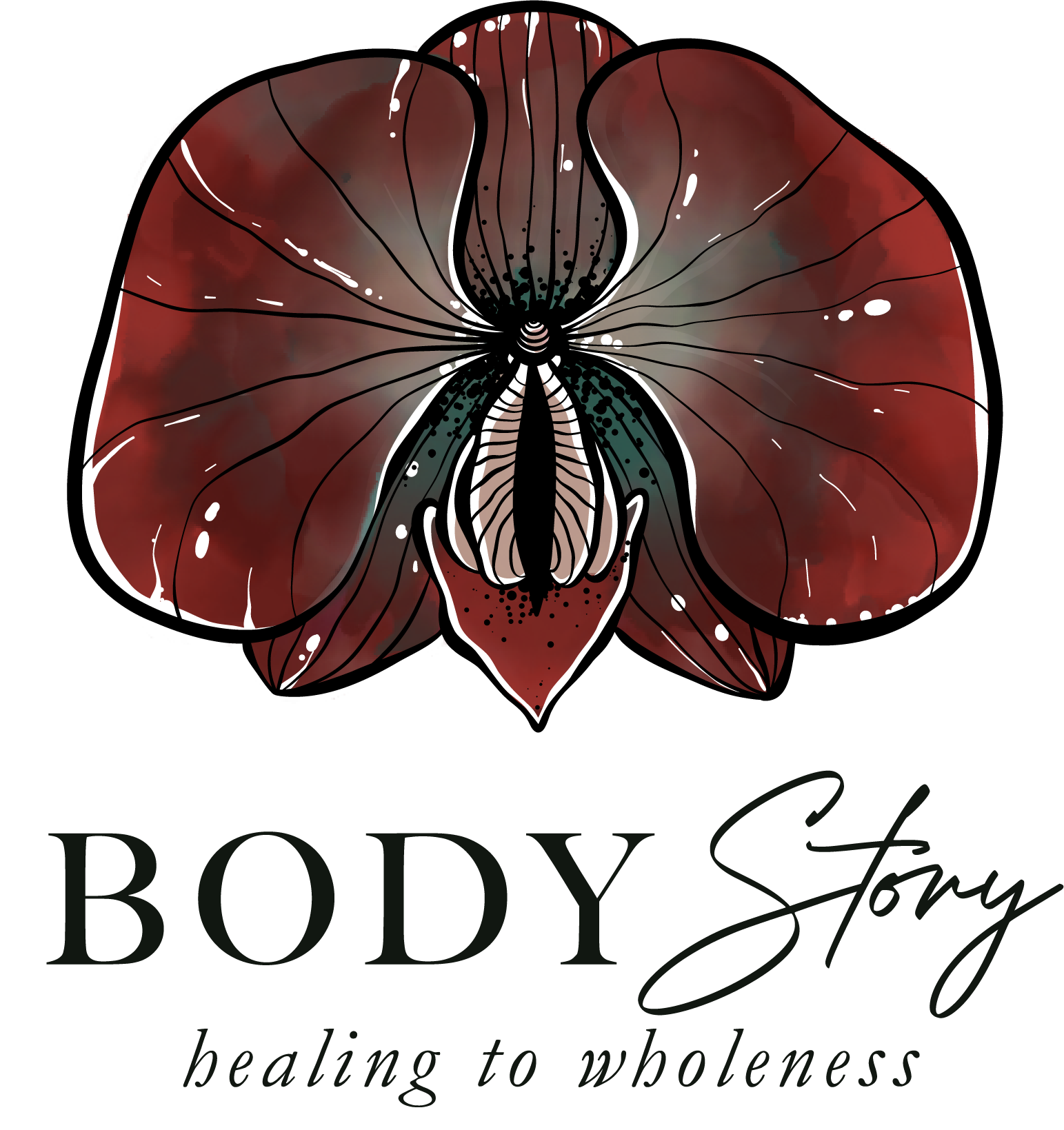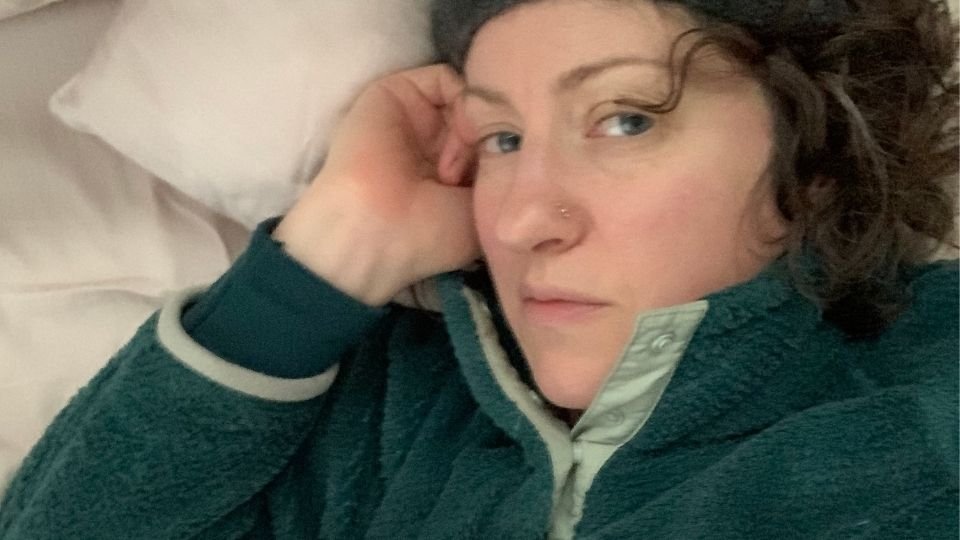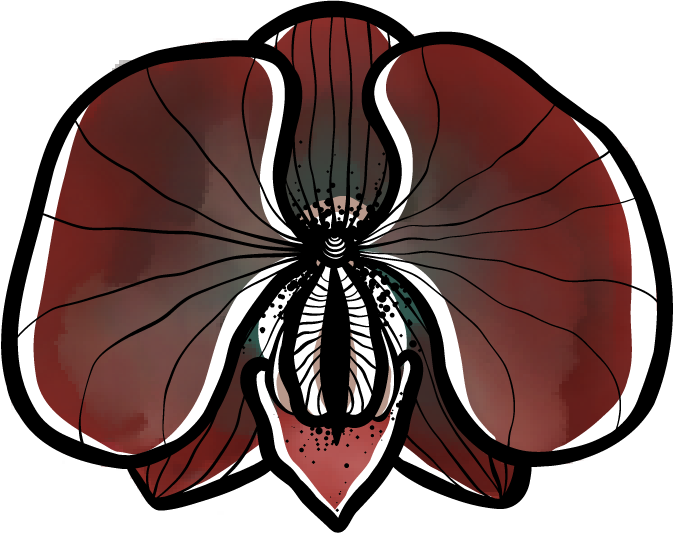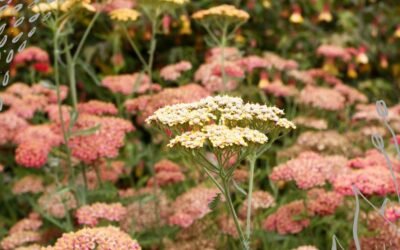(no audio version, resting my voice)
I got COVID this week. When my daughter came to lie on my lap with a fever and aches, I knew it wouldn’t be long for me to get it.
(We’re both doing fine, btw. We each had one really hard day that left as quickly as it came.)
Everyone says this virus isn’t what it used to be. My friend got Delta last fall. Everyone was shocked, worried, and questioning. She felt like a pariah and called herself “Dirty Delta.”
These days it’s rare not to know someone who’s been infected. No one has been shocked when I’ve told them I had it – in fact the response has been, “Everyone has it.” In Dirty Delta’s words, we’re now at “Over it Omicron.”
It’s with us, for better or worse. Which is why it feels like time for me to pull out my tools as an herbalist and Ayurveda student/teacher and talk about how someone might learn to live with the virus that has changed the world.
Ending the Silence
As a longtime student of holistic medicine, I’ve felt increasingly frustrated by the denial of integrated treatments to prevent and recover from COVID. I’ve heard countless stories about medical doctors whose licenses have been threatened for suggesting such alternatives, herbalists silenced for offering plant medicine that has been effectively used against viral infections for centuries, and Ayurveda teachers demonized for saying that diet might have a significant impact on the course of the infection.
I don’t deny the efficacy of pharmaceuticals or Western medicine. I’ve relied on it far too many times to say it always causes more harm than good. But it’s wrong to make it seem like these systems don’t work when they have for centuries. We have the gift of both types of medicine, so let’s use them – starting with the least harmful interventions first.
Ayurveda and Western Herbalism to Treat COVID 19
This protocol is designed for mild cases of COVID 19 and by no means replaces medical intervention when that is called for. Instead, I offer a way to handle moderate cases and keep them from blowing up into bigger problems.
I’m basing the protocol below on my extensive training as an herbalist (more than 20 years of study and a 750 hour formal certification) and Ayurvedic counselor (eight years of study, including a four-year apprenticeship and 600-hour certification), and my lived experience (44 years of using these kinds of remedies).
You don’t have to do everything listed, but including some will support your body to do what it already knows how to do – fight infection. No matter which you choose, be consistent. Use one remedy daily for at least 30 days before putting it aside. Natural medicine is subtle and requires a cumulative effect.
Lifestyle
Neti and nasya
We now know that COVID enters primarily through the nasal passages. A daily rinse with warm salt water can clean these entry points and potentially reduce its spread.
Here’s a video of me explaining neti in the early days of the pandemic.
After neti, lubricate your nasal passages with 1-2 drops of either plain sesame oil or a medicated nasya oil. Alternatively, if neti irritates your nasal passages, daily nasya alone will offer protection.
Get outside every day
Fresh air and sunshine are vital to health. Take a 5-10 minute walk daily (more if time allows) to move lymph and get access to the healing properties in nature. If you’re sick, rest as much as possible.
Staying home when sick to rest
I’m the first to say that community is medicine (and Zoom is no replacement for living, breathing bodies). But staying home when you’re sick is the way to give your body what it needs most: rest. It also prevents the spread to more vulnerable people for whom Omicron still offers significant risk.
When you’re sick, allow yourself to do nothing as much as possible. Just rest – let the house fall apart a bit.
Herbs for Mild COVID
Pine needle tea (contains vast amounts of Vitamin C and acts as an expectorant and anti-inflammatory) Not suitable for pregnant/nursing women
Rose hip tea (highest levels of vitamin C amongst all plants) Make a tea with mullein leaf when sick or mix with alfalfa or nettle for daily immune support.
Mullein leaf tea (mildly lubricating, anti-inflammatory, soothing for dry coughs) This is a safe-for-everyone remedy and great as a tea combined with rose hips and pine needles.
Marshmallow root cold infusion (lubricating, nourishing, anti-inflammatory, soothing for dry coughs) Only the cold infusion provides the right effect. Fill a small muslin bag with marshmallow and leave to soak in cold water for at least 20 minutes or overnight. Pick up the bag and squeeze it into the cold water. Dunk again and squeeze. Do this 10-15 times – it will be slimy but that’s the stuff you want.
Oregano, ravensara, and thyme essential oils (anti-viral) These essential oils have been tested with COVID patients with great success. Diffuse them in either a steam or oil diffuser. Don’t ingest them – essential oils are highly toxic to the liver.
Turkey tail mushroom (immune boosting, supports gut health, anti-inflammatory) I take ¼ tsp of powder daily, but upped it to twice daily when I felt myself getting sick. The tincture is also great (take 3 full pipettes in a shot of water).
Edible/topical THC or CBD (pain relieving without reducing fever). It’s common to take ibuprofen to reduce pain and fever but for most people who are not immunocompromised, fever plays an important role in healing — it burns away the invading virus. As a general rule, don’t suppress a fever below 103 F or unless it continues for more than three days. Instead, treat the associated pain with edible THC (stronger, will make you high) or CBD (mild, generally clear minded). Don’t smoke or vape cannabis to avoid inflaming your lungs. Also, here’s good news about cannabis and COVID relief. Pregnant or nursing? There is growing evidence (here and here) that cannabis doesn’t cause the harm they told us it did. Use your discretion and follow your gut.
Ayurvedic Diet for Mild COVID
When you are sick, do a liquid fast when a fever is present. Liquids can be water, bone broth, fresh juice, or, what saved me, a rehydration drink made of a squeeze of lime/lemon, a large pinch of mineral or sea salt, and a spoonful of raw honey mixed in warm water. Continue the fast until the fever breaks or you feel hunger. Make your first meal the soupy rice outlined in the paragraph below.
If you’re pregnant or nursing, don’t fast, but eat clear soup and/or soupy rice (called kanji or kunyi). Cook ¼ cup white rice with ⅛ tsp. mineral salt, 1 tsp. ghee, and between 1/2-2 cups of water. Use more water if hunger is weak and less if it’s stronger. Optionally you can add some pinches of ginger and turmeric to boost digestion.
When you’re in prevention mode, take an inventory of how you typically eat. Severe COVID cases are the result of the inflammatory response to the virus, not the virus itself.
We have a tremendous amount of power in choosing a diet that reduces inflammation in our bodies. These suggestions are general – if you have questions, ask me or a trained holistic practitioner how to make this work for you.
Some thoughts include:
- Reduce and/or eliminate pre-cooked/highly processed food
- Reduce and/or eliminate food cooked in restaurants
- Make the majority of your meal lightly cooked vegetables
- Eat whole and minimally processed grains (for example, white rice goes through minimal processing but white flour is highly processed)
- Eat smaller amounts of meat purchased from reputable sources that don’t use antibiotics or hormone additives (yes, it costs more, but think of the karma you’ll save!)
- Reduce and/or eliminate alcohol, soda, and coffee
- Allow 3-6 hours between meals to digest and three hours between eating and sleeping
I hope this list is helpful in opening up new options. If you have questions, see anything you think I’ve missed, or spot a typo that got past my foggy brain, please send me a note.
Good luck out there.





